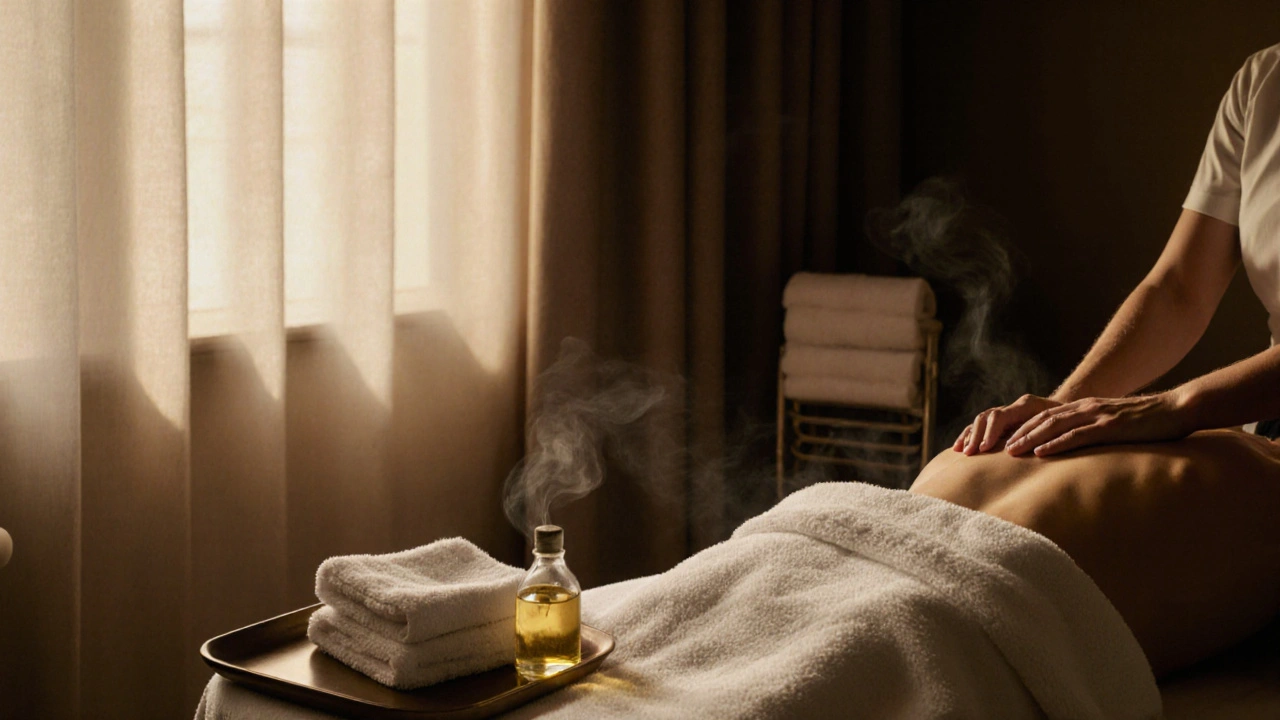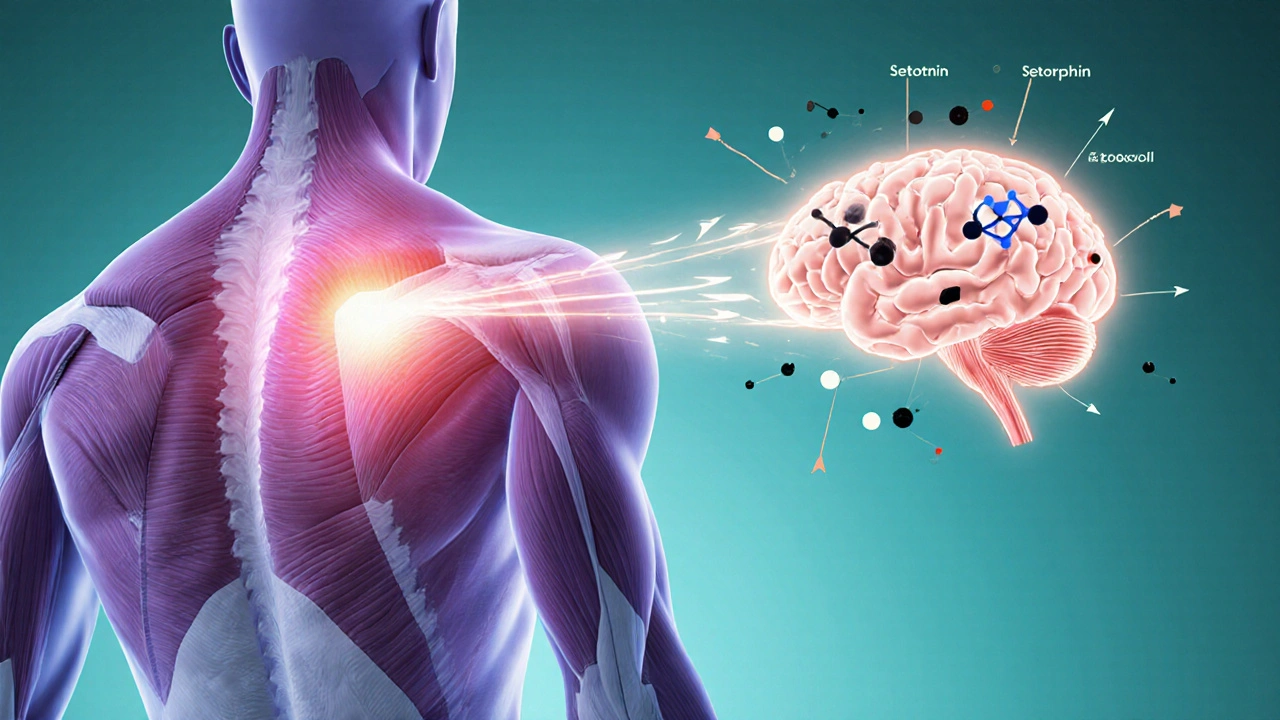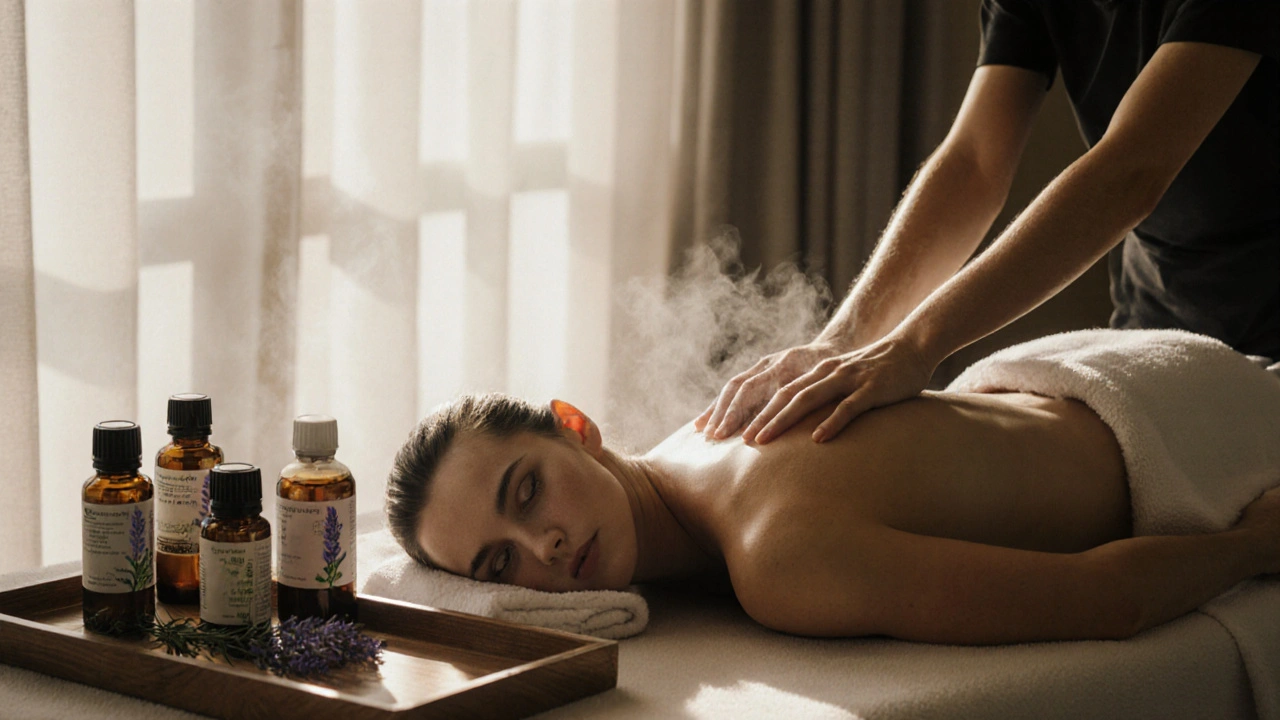How Foot Massage Boosts Mood: Benefits, Science & Easy Techniques
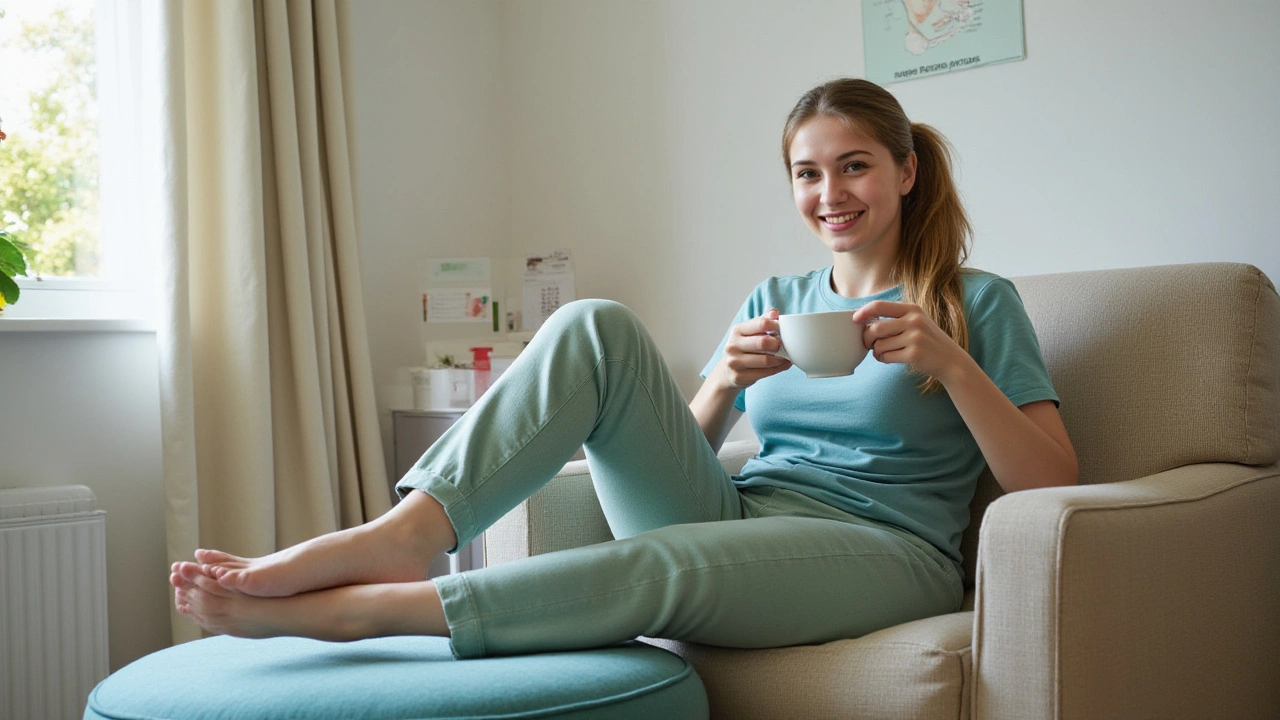
Imagine this: Even on the most stressful days, just a few minutes with your feet getting kneaded can flip your mindset from sluggish to upbeat. No, this isn’t another overblown wellness hack. There's actual science behind using foot massage to lift your mood, calm your nerves, and even help your body function better. The best part? You don’t need fancy equipment, long appointments, or a luxury spa day. Your hands—and maybe a tennis ball—are enough to get started.
The Science Behind Foot Massage and Mood
Let's get real about how foot massage isn't just about pampering—it genuinely works with how your body ticks. Feet are loaded with nerves—over 7,000 of them, actually. That’s more than in most parts of the body. These nerves are part of why touching, pressing, or kneading feet can trigger calming signals to your brain. Plus, foot massage promotes better circulation, forcing more oxygenated blood—and feel-good hormones like dopamine and serotonin—to course through your system. Research from medical journals supports this: one notable study published in the Journal of Clinical Nursing found that hospital patients who received daily foot massages reported less anxiety and a better mood overall. Imagine feeling less stressed and happier, simply by focusing attention on the soles of your feet.
There’s also a deep connection between the feet and specific mood centers in your brain. Reflexology, a form of foot massage, zeroes in on pressure points that are believed to match up with areas of the body and mind. For example, stimulating the inner arch is said to help tackle stress and boost emotional steadiness. And it’s not just ancient wisdom at play—modern imaging has shown increased brain activity in regions tied to calmness and relaxation after targeted foot massages. The reason? Touch signals travel straight to the limbic system, your brain’s emotional processing hub.
How about hormones? Regular foot massage can lower levels of cortisol, the ‘stress’ hormone that makes you jumpy, tense, and tired. At the same time, it ramps up oxytocin, the so-called ‘love' hormone that helps you relax and feel safe. You see—this isn’t just about the feet. Your entire body tunes in.
Here’s a little data to chew on: A 2023 survey by the International Spa Association found that participants who received three 20-minute foot massages per week reported a 40% reduction in perceived stress and a 35% uptick in reported happiness within a month. That's not small potatoes.
| Benefit | Percentage of Respondents Reporting |
|---|---|
| Less daily stress | 82% |
| Better sleep | 77% |
| Greater happiness | 69% |
| Improved focus | 54% |
| More energy | 48% |
Massage also encourages the parasympathetic nervous system—the part responsible for “rest-and-digest.” You’ll likely breathe deeper, your heart rate slows, and muscles across your body relax, not just those down at your toes. Some days when Emilia isn’t able to sleep, a quick foot massage gets her drifting off faster than any sleep app or herbal tea.

Hidden Perks of Foot Massage Beyond Mood
Sure, you get a mood bump, but there’s a lot more going on. Let’s unpack some facts that usually slip under the radar. First up: immune support. It’s not magic—studies have shown that the act of relaxing through touch can heighten your body’s natural killer cell activity. These cells are a vital part of your immune system, fighting off infections with more punch.
Headaches? Massage the webbing between your big toe and second toe for about a minute—this classic trick can cut tension and might just make your headache less hellish. Foot massage also helps with edema or swelling, especially if you’re on your feet all day. Athletes and nurses swear by it. The kneading motions stimulate lymphatic drainage, helping clear trapped fluids.
Another surprising fact: people who regularly massage their feet report fewer cold hands and feet during colder months. Massage gets the blood flowing and may even help lower blood pressure, according to data from the Korean Journal of Family Medicine. It also relaxes the muscles not just in your feet, but legs and even your lower back—sitting at a desk all day won’t do you any favors, but a foot rub can undo some of that damage.
For anyone dealing with anxiety or depression, integrating foot massage into a daily routine can act as a grounding ritual. It’s not a replacement for therapy, but it’s a simple, physical way to push daily stress out and let patience back in. Foot massage is gentle enough for most people, including the elderly and pregnant women (though always check with a doctor, especially in special cases).
Some folks notice better sleep after a session. For example, I’ve started winding down with a five-minute self-massage at night, and shockingly, my restless legs—and brain—quiet down. If you’re the type that can’t turn off your inner monologue, stroking your feet might ease your body into letting go for the night.
One last perk: regular foot massages can heighten your body awareness. Little knots or sensitive patches can hint that you’re putting too much pressure on certain areas. Catching these signals early can save you sore ankles—or even injuries—down the road.
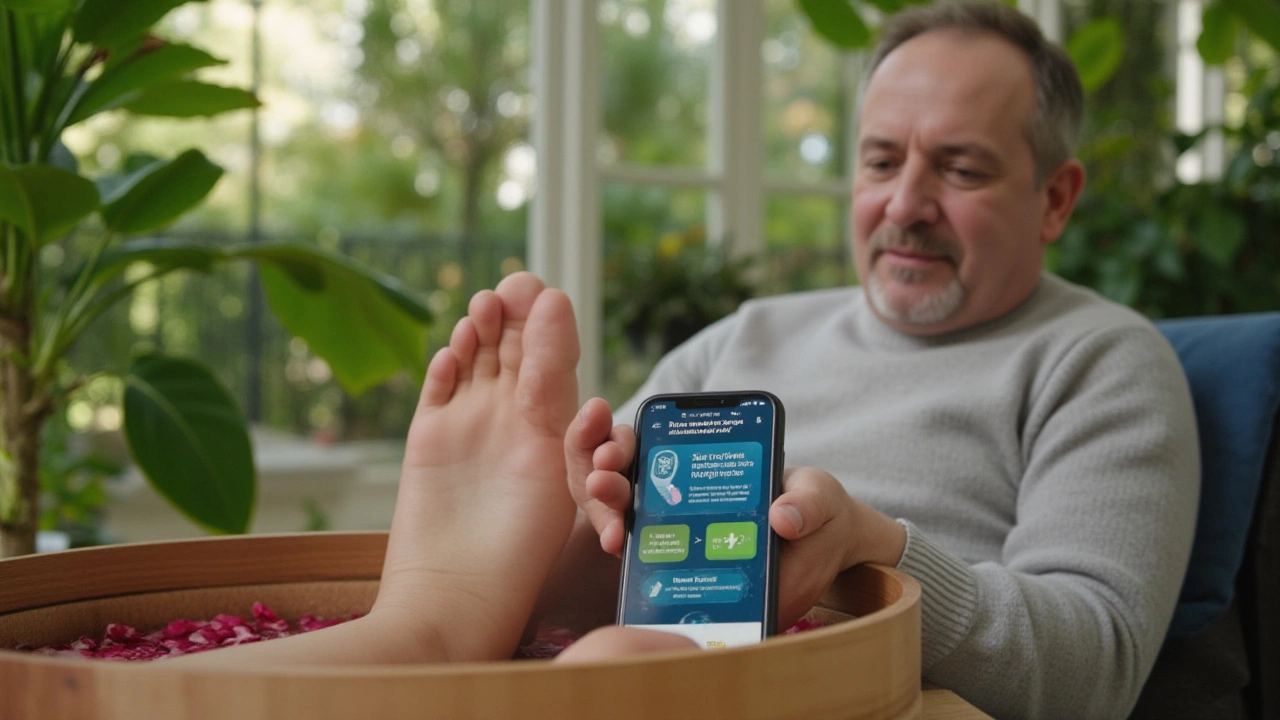
How to Give a Proper Foot Massage
You don’t need fancy lotions or expert skills to get the benefits we’re talking about. In fact, sometimes all you need is your thumbs, a tennis ball, or even a frozen bottle of water. If you want to really maximize the effect, start clean: a quick wash softens the skin, and a little lotion helps your hands glide.
- Start by warming up the feet. Rub the tops, heels, and soles with your hands in circular motions. This gets the blood flowing and wakes up the nerves.
- Support one foot with both hands. Using your thumb, apply firm pressure along the arch, moving from the heel to the ball of the foot. Pay special attention to the ball—it’s where a lot of tension gathers.
- Work between each toe. Use a pinching motion or slide your finger through the gaps, gently pulling each toe. You’ll be stunned by how much tension hides here.
- Press into the base of each toe using your thumb. Hold for a few seconds, then release and repeat.
- Focus on the heel with small, deep circles. This part rarely gets any love and yet carries most of your body’s weight.
- Try rolling a tennis ball under your foot, especially if you’re standing or walking a lot. Go slow and apply as much pressure as feels good. For sore feet, a frozen bottle soothes and reduces swelling.
- If you’re short on time, find the point right below the ball of your foot—press and hold for twenty seconds. This is the ‘solar plexus’ area in reflexology, and it can give an instant wave of calm.
If you struggle with dexterity, there are simple tools on the market: wooden rollers, textured mats, or acupressure slippers. They all turn idle moments (like watching TV) into easy opportunities to unwind.
Want to take it further? Ask a loved one for help. When my wife Emilia and I swap quick foot massages after work, we both swear it adds a spark back into our evenings. Neither of us are pros, but the act of caring builds connection and trust—which, believe it or not, also raises mood-lifting hormones. If you live alone, giving yourself focused attention is powerful, too. Turns out, a good foot massage is one of those rare things that’s both simple and life-changing, every time you do it.
Ready to try it yet? The benefits are at your literal fingertips. Whether you carve out three minutes before work or use it as your wind-down ritual, your mood—and your feet—will thank you. Don't underestimate the power of a well-timed, thoughtful foot massage—science, and a lot of happy people, are solidly behind it.

